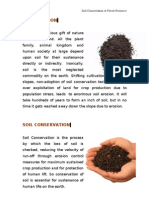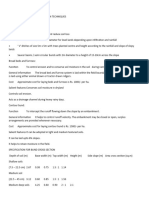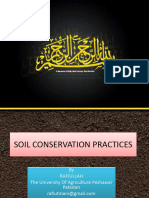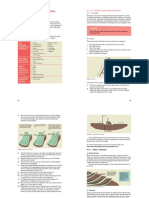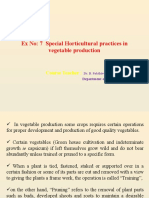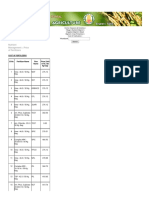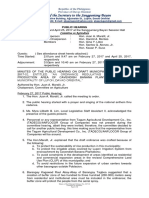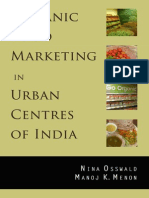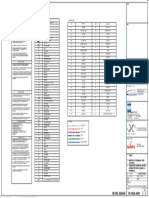0% found this document useful (0 votes)
9 views16 pagesFieldGuide1 FINAL
The Agroforestry Field Guide focuses on soil and water conservation technologies aimed at addressing land degradation in East and Southern Africa. It outlines various sustainable farming practices, such as pitting, contour bunds, and terraces, that enhance soil moisture, reduce erosion, and improve agricultural productivity. The guide is part of a broader initiative to empower farmers and extension staff in implementing effective land restoration strategies.
Uploaded by
paullekapa2Copyright
© © All Rights Reserved
We take content rights seriously. If you suspect this is your content, claim it here.
Available Formats
Download as PDF, TXT or read online on Scribd
0% found this document useful (0 votes)
9 views16 pagesFieldGuide1 FINAL
The Agroforestry Field Guide focuses on soil and water conservation technologies aimed at addressing land degradation in East and Southern Africa. It outlines various sustainable farming practices, such as pitting, contour bunds, and terraces, that enhance soil moisture, reduce erosion, and improve agricultural productivity. The guide is part of a broader initiative to empower farmers and extension staff in implementing effective land restoration strategies.
Uploaded by
paullekapa2Copyright
© © All Rights Reserved
We take content rights seriously. If you suspect this is your content, claim it here.
Available Formats
Download as PDF, TXT or read online on Scribd
/ 16





